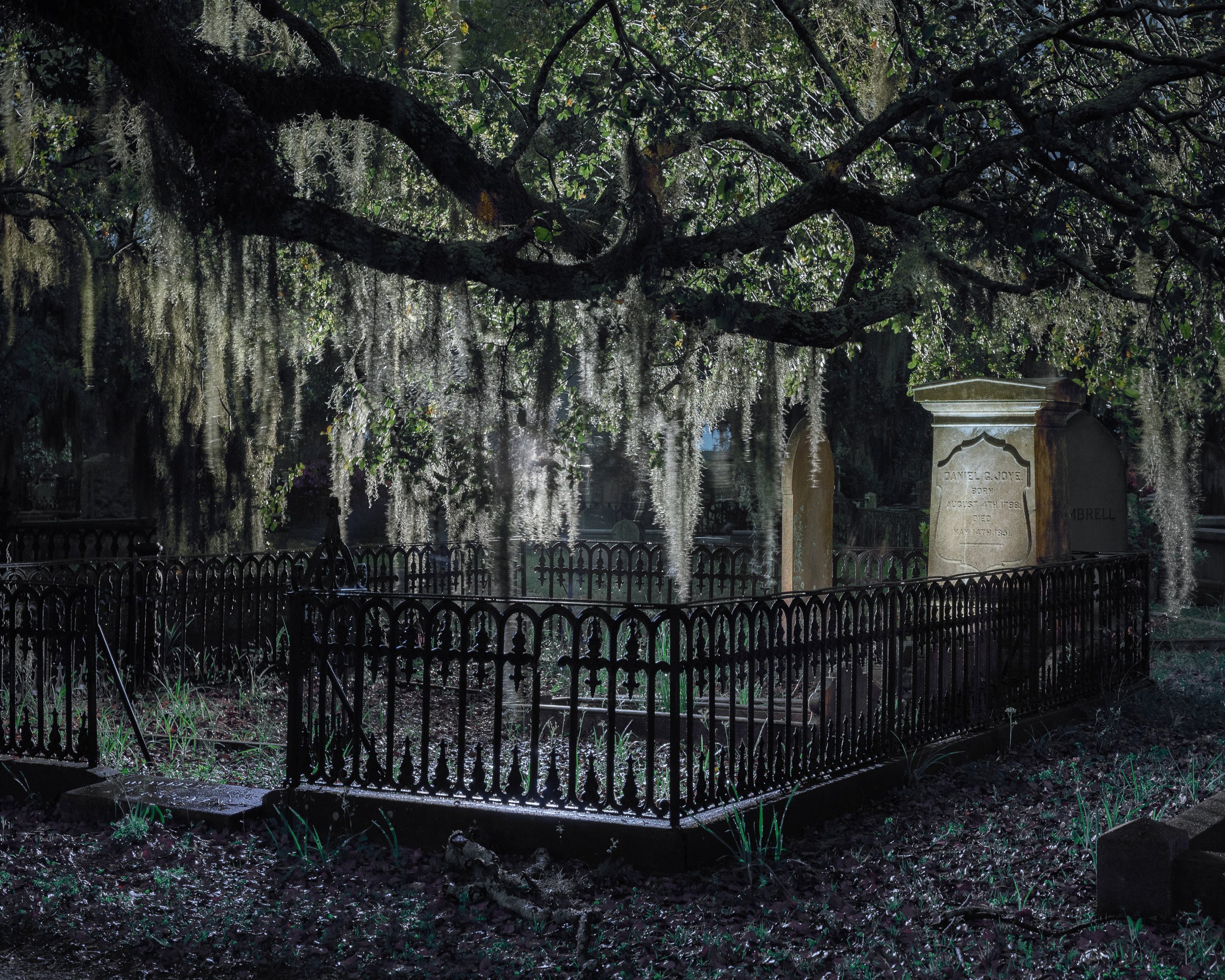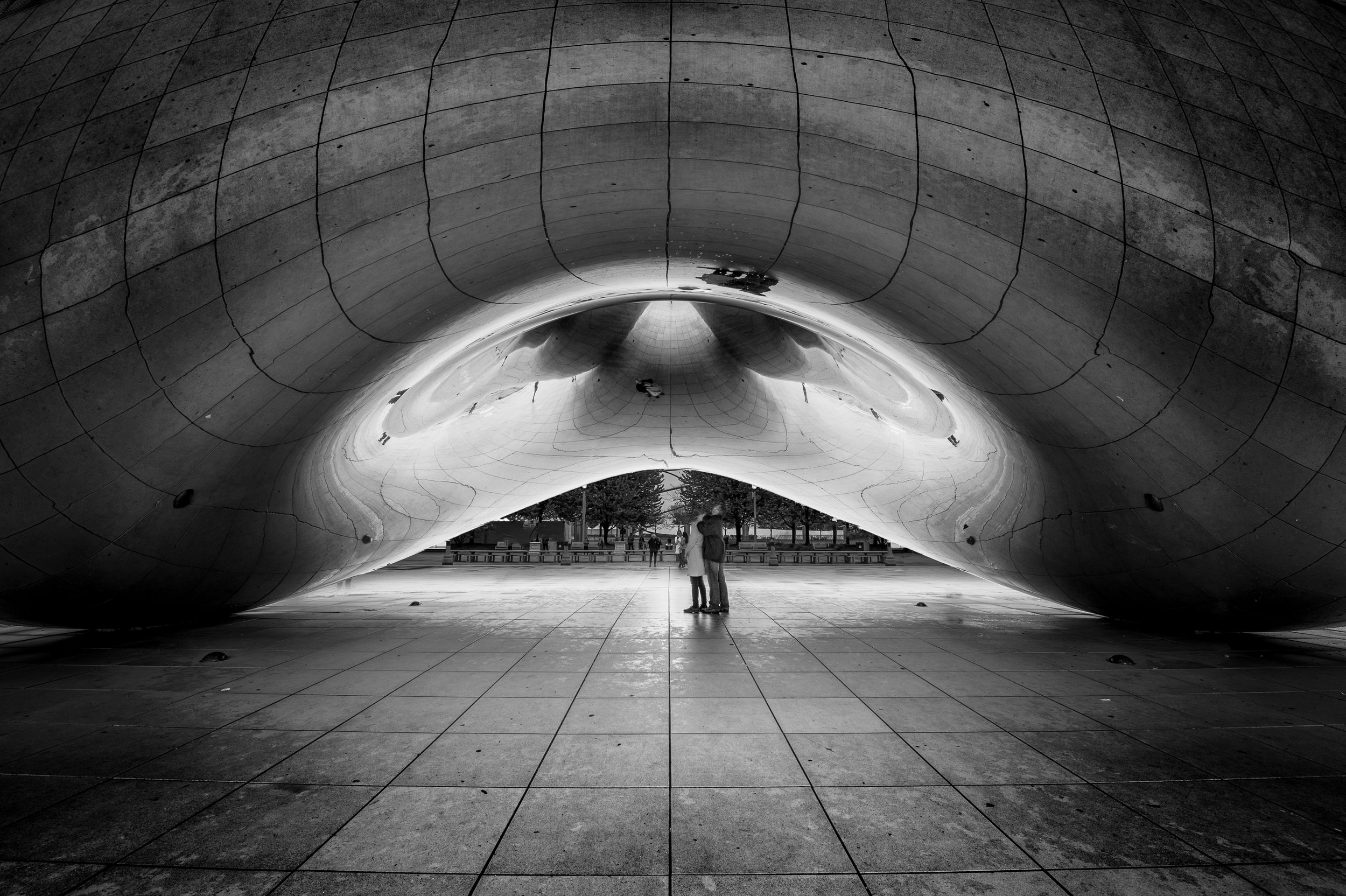In January 2022 we released an e-book titled The Night Photography Glossary. It’s a reference guide to over 250 terms about night photography, along with over 80 images to illustrate. Our hope was that the glossary would be a fun educational tool that would also help unify and standardize many of the terms that all us night photographers use to describe the many crazy things we do.
We also intended the glossary to be a living document, adding to it as updates seemed appropriate, or as our niche developed new techniques and adopted new fascinations.
To that end, we recently added 25 terms, and updated others! You can read the newly added terms below.
You can also view the full list of terms on our Night Photography Glossary page, or download the e-book version.
New Terms in the Glossary
auroral corona · rays of auroras converging to form a cone or crown shape, sometimes visible when the zenith of an aurora is directly overhead
black moon · the appearance of an “extra” new moon during a specific time period; most commonly the “black moon” label is applied to a second new moon within one calendar month, though originally the term indicated the third of four new moons in one season
cityscape · a photograph that depicts a city skyline, usually photographed from a distance with a normal or telephoto lens
corona · the outer layer of the sun, visible during total solar eclipses
The sun’s corona, visible during a solar eclipse. © Gabriel Biderman.
dead sky · a sky devoid of any visual characteristics other than blackness, due to complete, dense cloud cover unlit by any nearby ambient light sources
deepscape · a photograph that depicts a landscape in front of a deep-space object in the sky
double processing · processing the same image file with two different results and then blending the two resulting images; for example, a noise blend
earthshine · the dim glow of the unlit portion of a crescent moon, caused by sunlight reflecting off Earth and onto the moon surface
light pillar · a vertical shaft of light extending from the horizon during twilight or nighttime, caused by either sunlight or moonlight radiating from below the horizon (i.e., before sunrise or moonrise, or after sunset or moonset) and reflecting off high-altitude ice crystals; also known as a “sun pillar,” “solar pillar” or “moon pillar”
lunar corona · a faint disc or small rings of light around the moon created by moonlight refracting through thin clouds
moonlight blend · a processing technique for combining a foreground photographed under moonlight with a sky photographed in darkness at another time of the night (i.e., before the moon rose or after it set) to create a final image with foreground detail in front of a starry sky; also known as a “twilight blend”
moon pillar · a vertical shaft of light extending from the horizon during twilight or nighttime, caused by moonlight radiating from below the horizon before moonrise or after moonset and reflecting off high-altitude ice crystals; also known as a “lunar pillar”
moonscape · a nighttime photograph wherein the landscape is illuminated by moonlight; [see photo]
A moonlight blend. The foreground was photographed as the moon rose from the horizon, and the sky was exposed earlier in total darkness. © Matt Hill.
noise blend · a processing technique for combining two (or more) parts of an image that are processed differently for noise reduction, such as a foreground landscape and a background sky that require different noise mitigation
noise stacking · a processing technique for reducing apparent high ISO noise by analyzing multiple exposures of the same scene in noise-reduction software
planisphere · a handheld star chart for identifying celestial objects in the field
solar maximum · the period of the highest solar activity during the 11-year solar cycle, resulting in an increased frequency of sunspots, solar flares, coronal mass ejection and auroras
starlight blend · a processing technique for combining a foreground photographed with a long exposure under only starlight with a sky photographed with a shorter, star-point exposure to create a final image with foreground detail in front of a starry sky; [see photo]
A starlight blend. The foreground was exposed for eight times longer than the sky, and the two frames were blended in Photoshop. © Chris Nicholson.
sun pillar · a vertical shaft of light extending from the horizon during twilight or nighttime, caused by sunlight radiating from below the horizon before sunrise or after sunset and reflecting off high-altitude ice crystals; also known as a “solar pillar”
twilight blend · a processing technique for combining a foreground photographed during twilight with a sky photographed in darkness to create a final image with foreground detail in front of a starry sky; also known as a “blue hour blend” [see photo]
vertorama · though the term in its basic form may indicate any photograph in a non-standard tall format, it’s most commonly used to describe a technique wherein the photographer exposes multiple frames while tilting the camera vertically through a scene, then “stitches” those frames together in post-production to create one high-resolution image that is taller and more detailed than could be created with a single frame in the same camera; i.e., the vertical equivalent of a panorama [see photo]
There’s More Where That Came From
Remember to see the full list of terms on our Night Photography Glossary page. Bookmark the page so you can return to it whenever you see a night photography term you’re not familiar with. Or, better yet, download the e-book!












